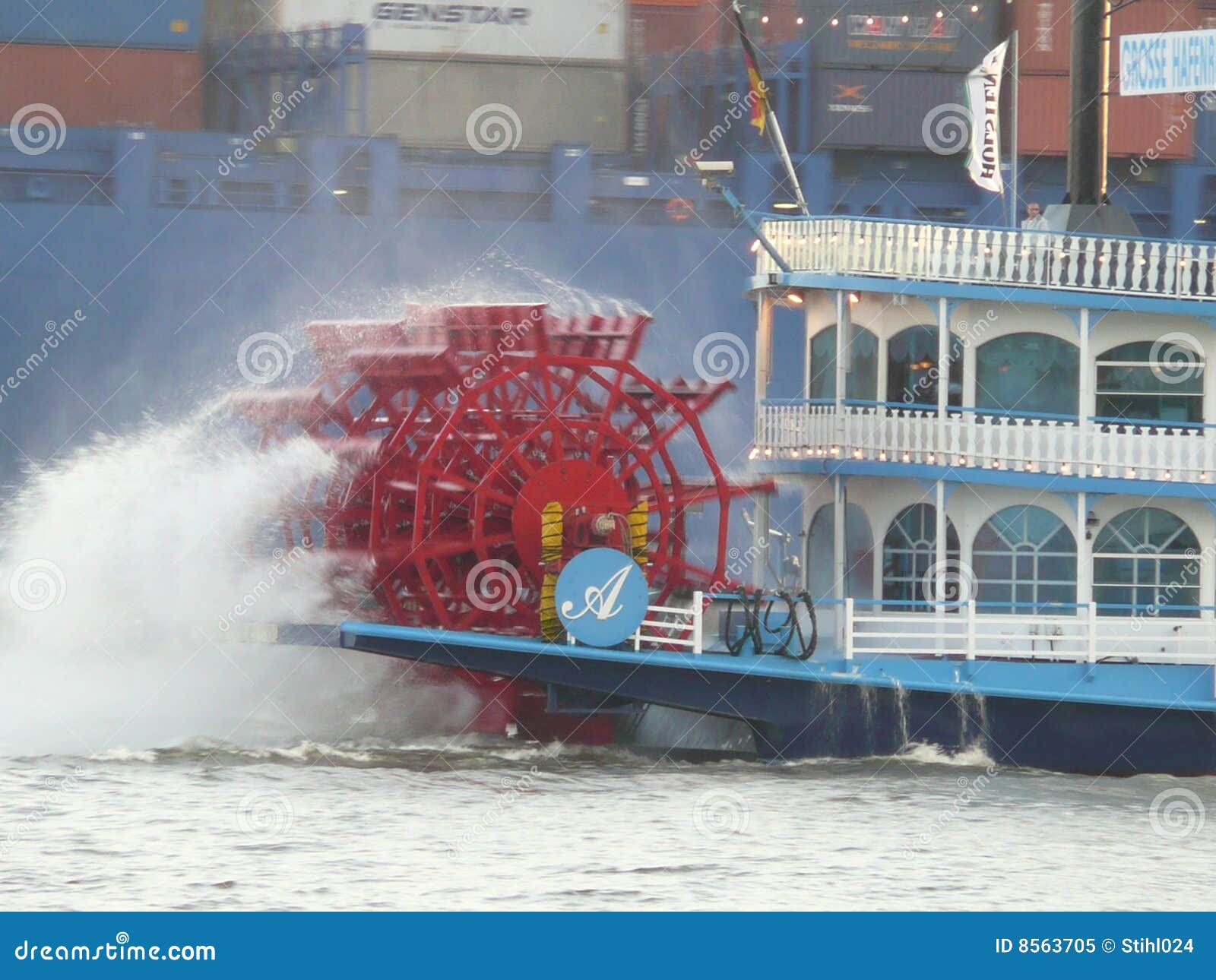The incompatibility of string theory, quantum mechanics, and general relativity suggests that we are missing a good model of our world. Because an information blocking horizon separates particles into micro-dimensional standing waves (Figure 1), interaction becomes an energy/information exchange with space. Thus, interaction modifies spatial volume (Figure 2).
Figure 1. The proposed view of ‘space-time.’ The micro-dimensions (horizontal lines) are isolated by an information blocking horizon, limiting particles into discrete frequencies. Interaction is an energy–information exchange between the micro and macro-dimensions. Thus, the field, which forms the smooth topology of space, and the particle wave function, evolve parallel.
Every interaction modifies both the volume of space and the particle. Information accumulation of the horizon forms a discrete-time progression (Figure 1, horizontal lines). The insulation of the wave function leads to quantum phenomena, such as entanglement and the double-slit experiment. It is also the source of cosmic self-regulation and the parallel evolution of the wave function and the field curvature. The micro-dimensions form a closed minimal surface (Figure 1), but entanglement enhances curvature differences (Figure 2).
Figure 2. Volume changes in entangled particles b, Particle before entanglement a) Spin-down, c) Spin-up particle.
Read an article on the structure of the universe.
The Science of Consciousness book on Amazon
Sign up for my mailing list




